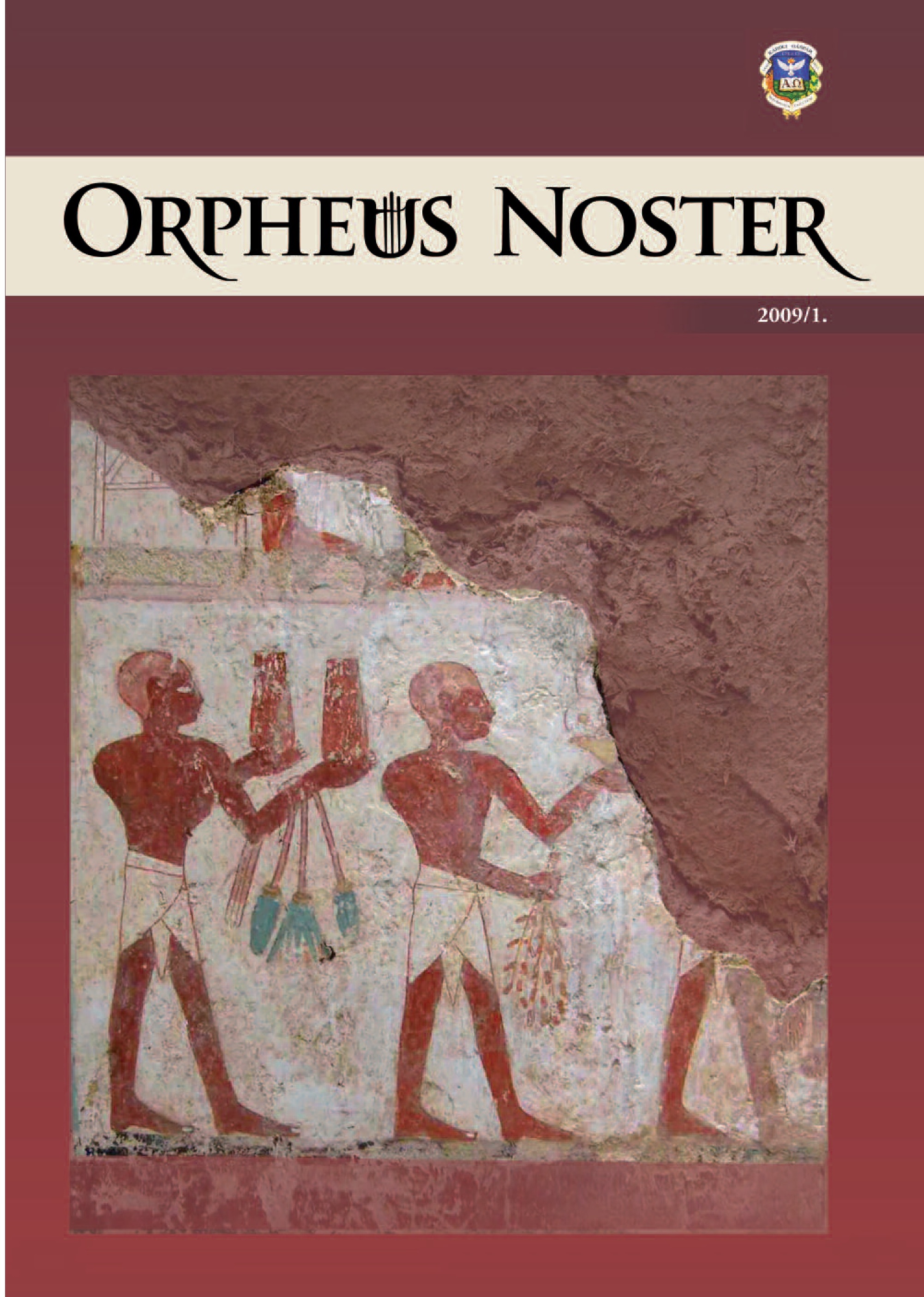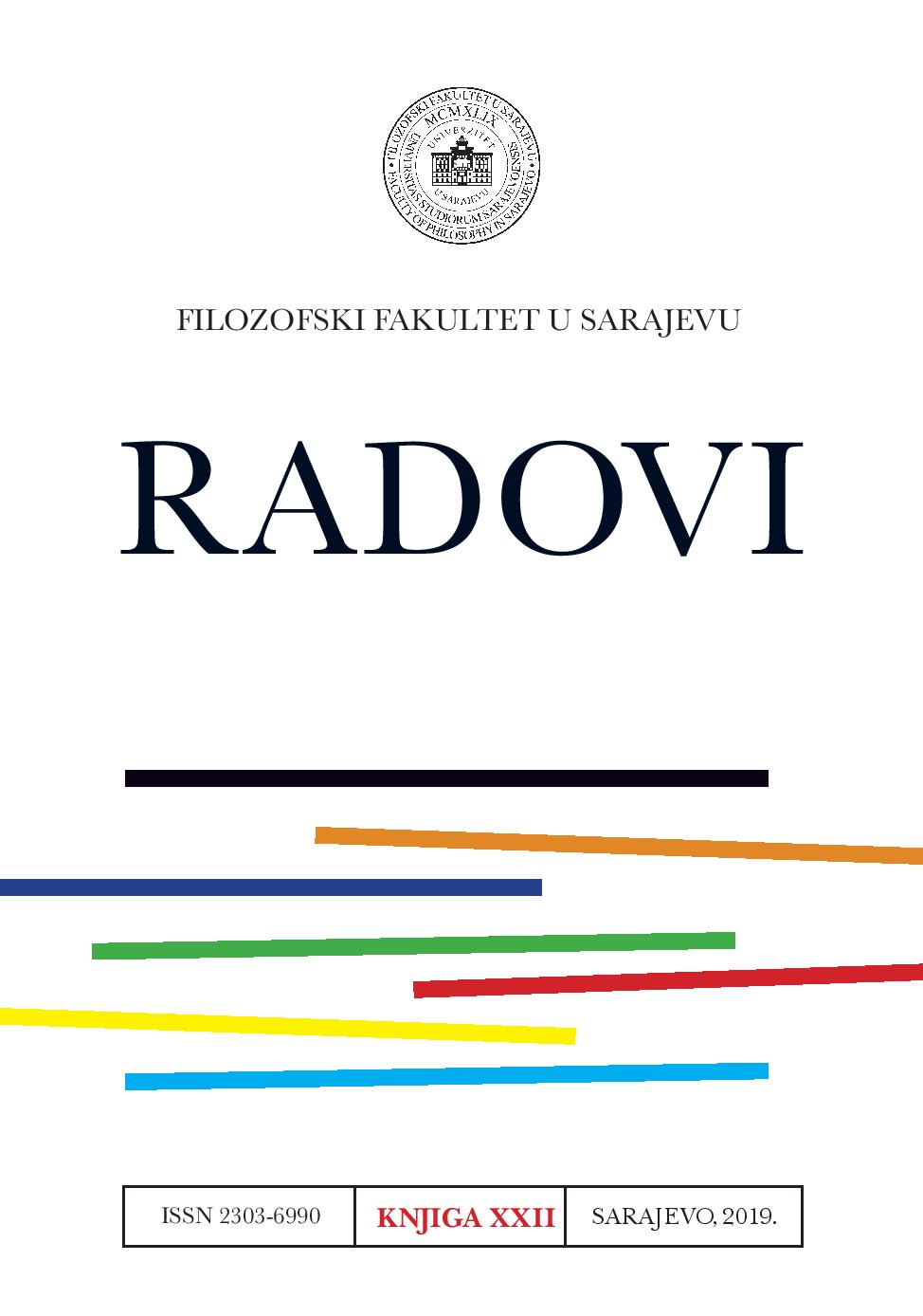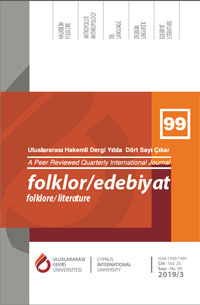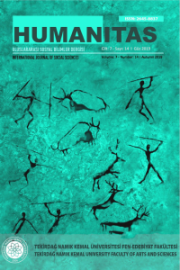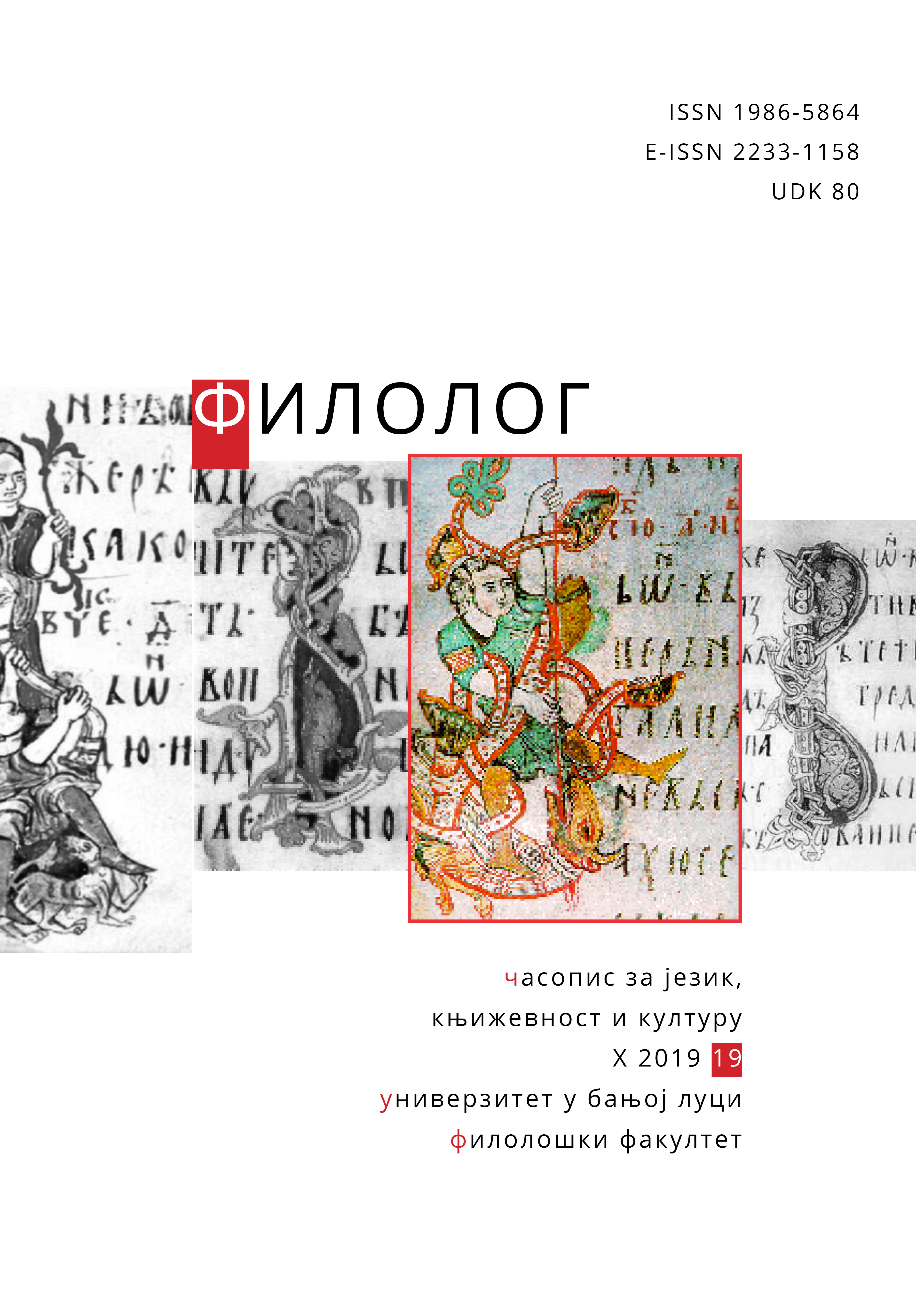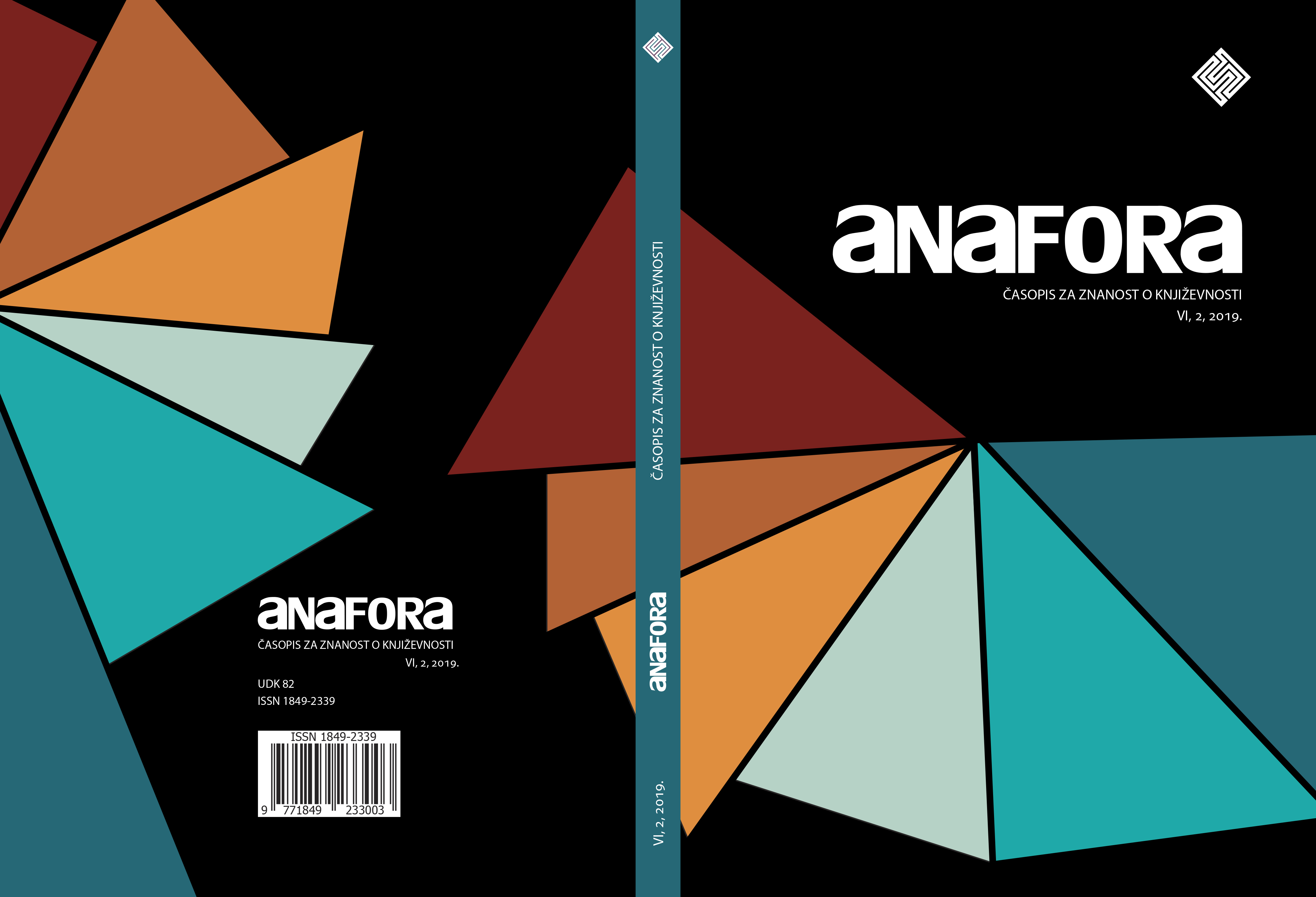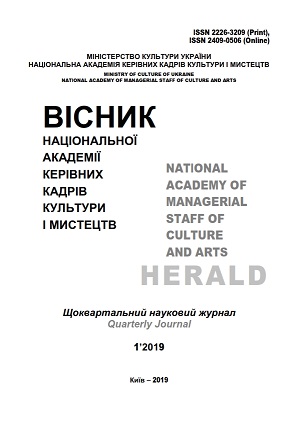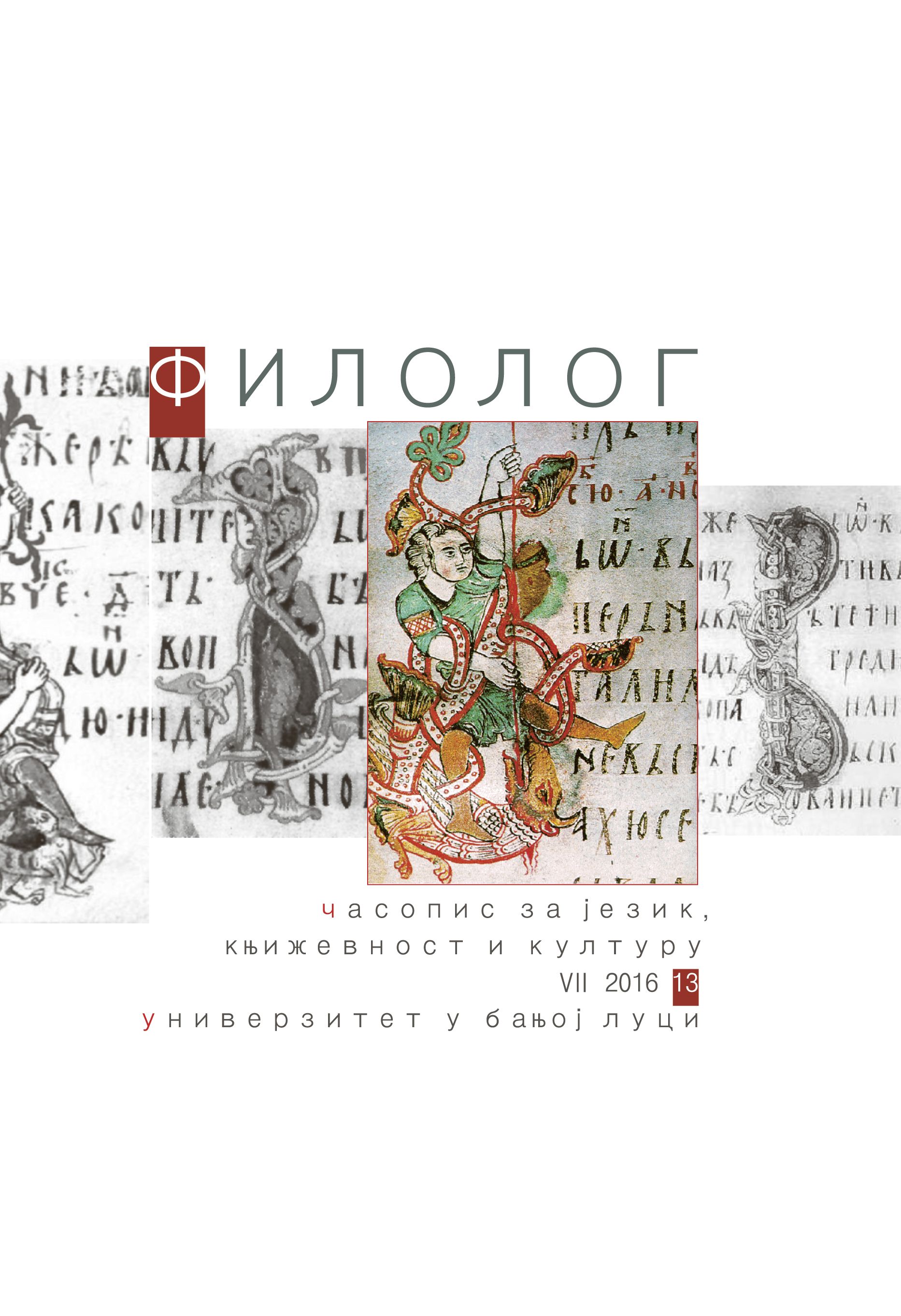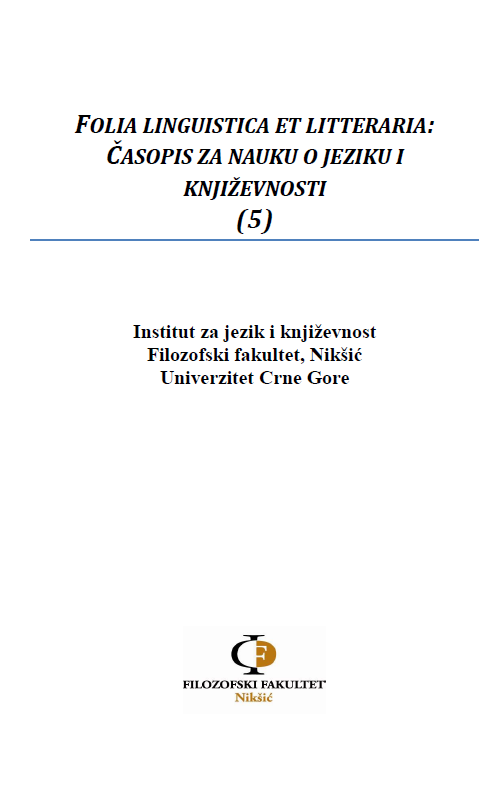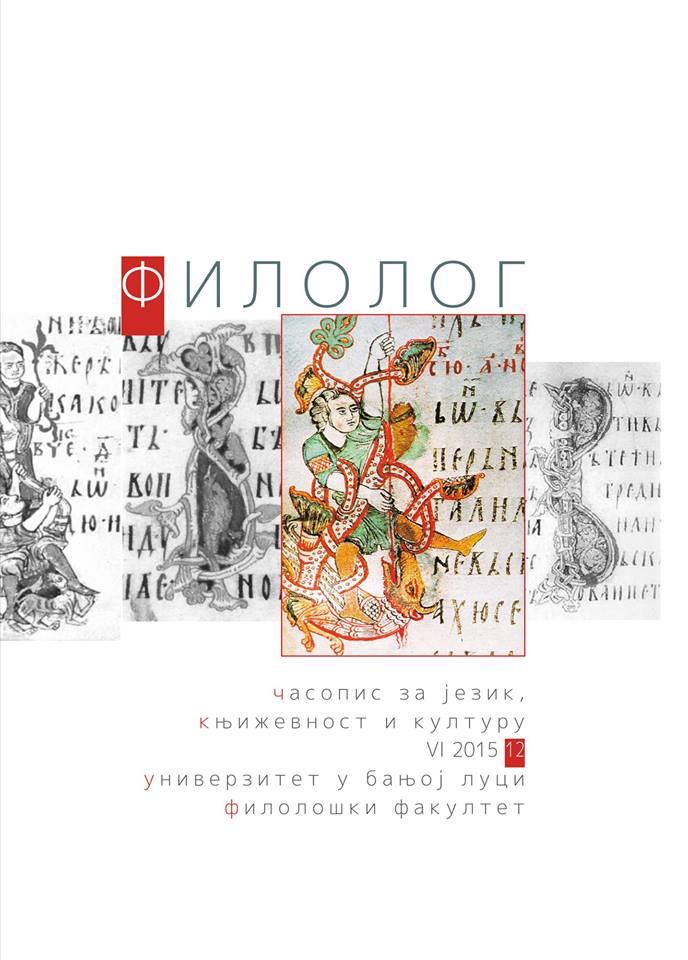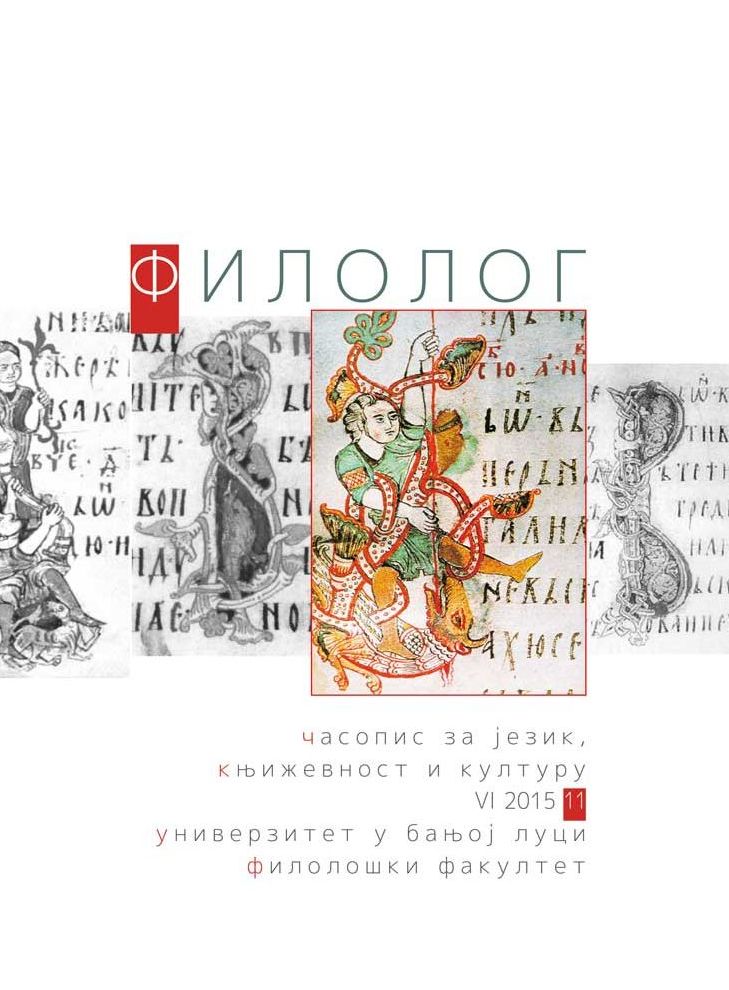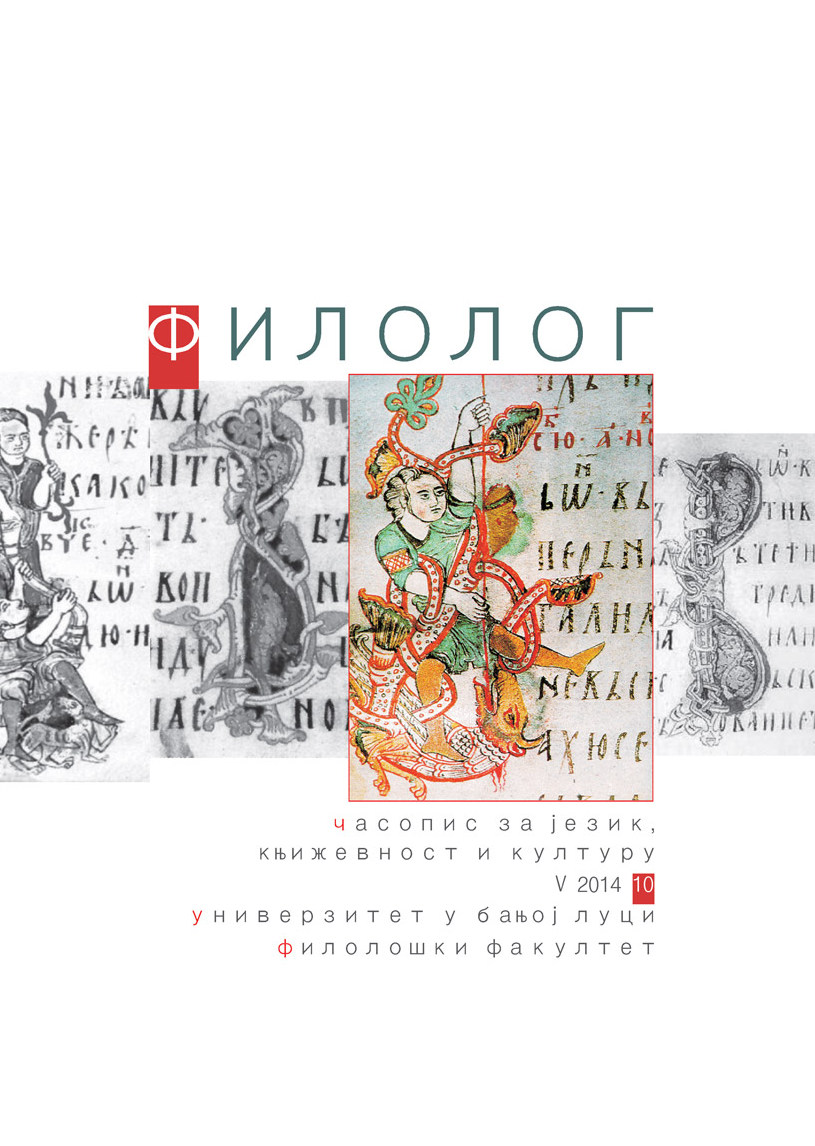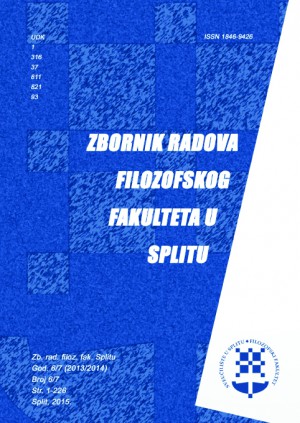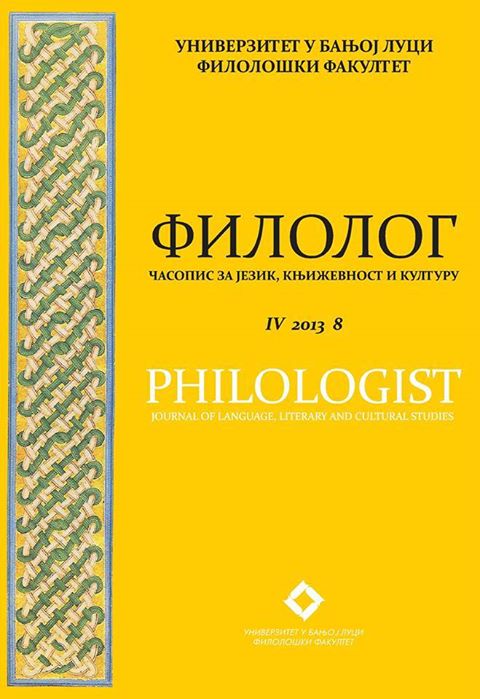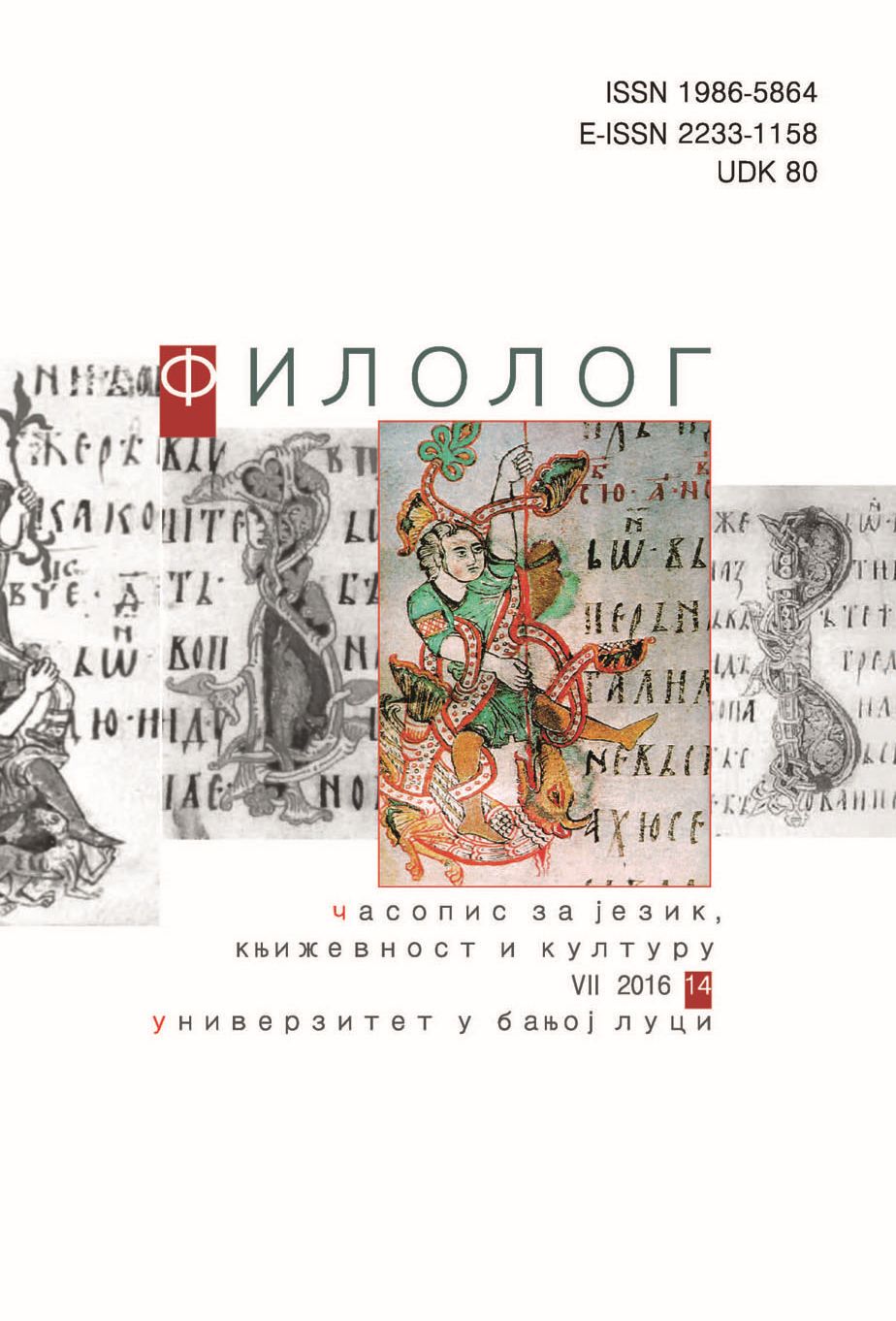
De/Con x Struction = 0.3 (By Inference, Literature so Boyish, The Leaf Is Death)
The aim of this paper is to apply the deconstructive method when analysing the poems by Alan Davies. The analysis should also cover the host theme, that is the parasite-host theme as introduced by Hillis Miller. The deconstructive readings of both Derrida and Paul de Man are blended together with the parasite theme in this article, resulting in findings relating both to the content and the structure of the poems. What is more, the analysis also focuses on the unity and the impossibility of the unity of the three poems. Results show that the Poem, as a whole, and the poems taken separately are parasitic, both in terms of structure and meaning. The structure is revealed to be parasitic when considering the titles and the verses, whereas the meaning is revealed as parasitic through Derridian play and supplementarity.
More...
